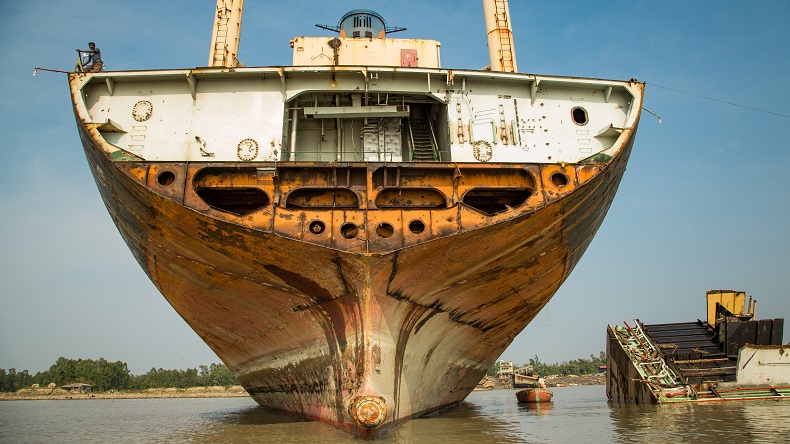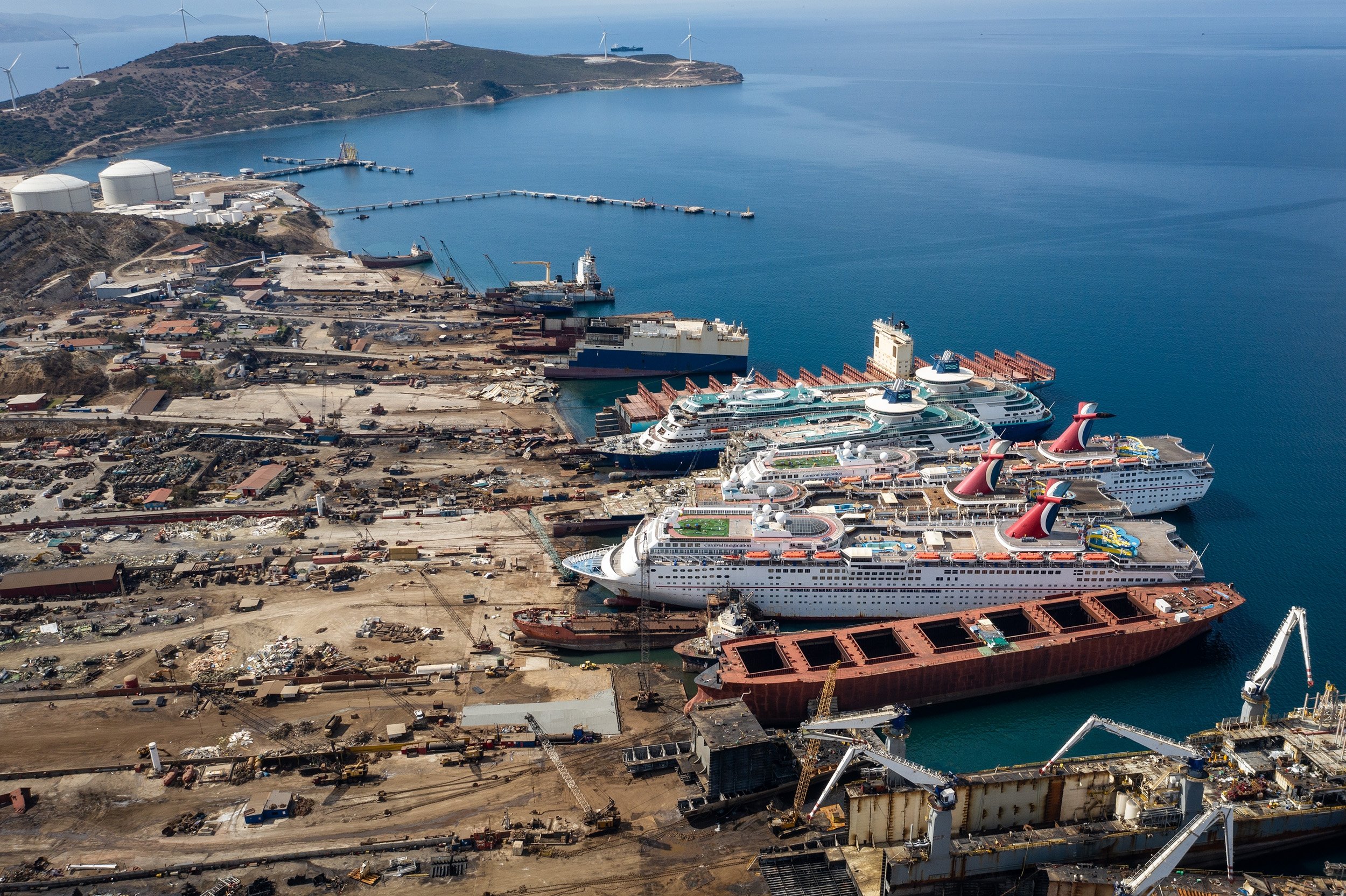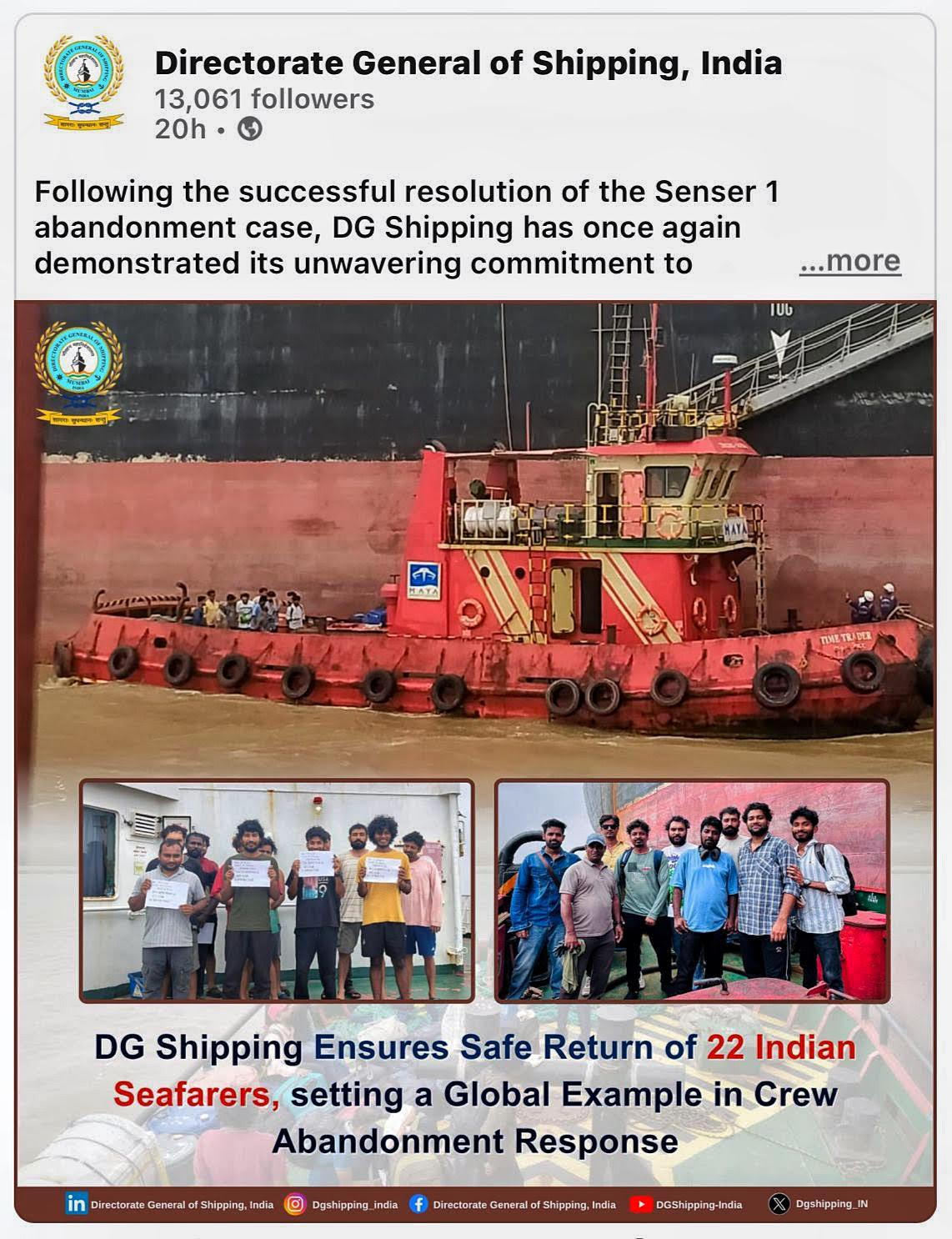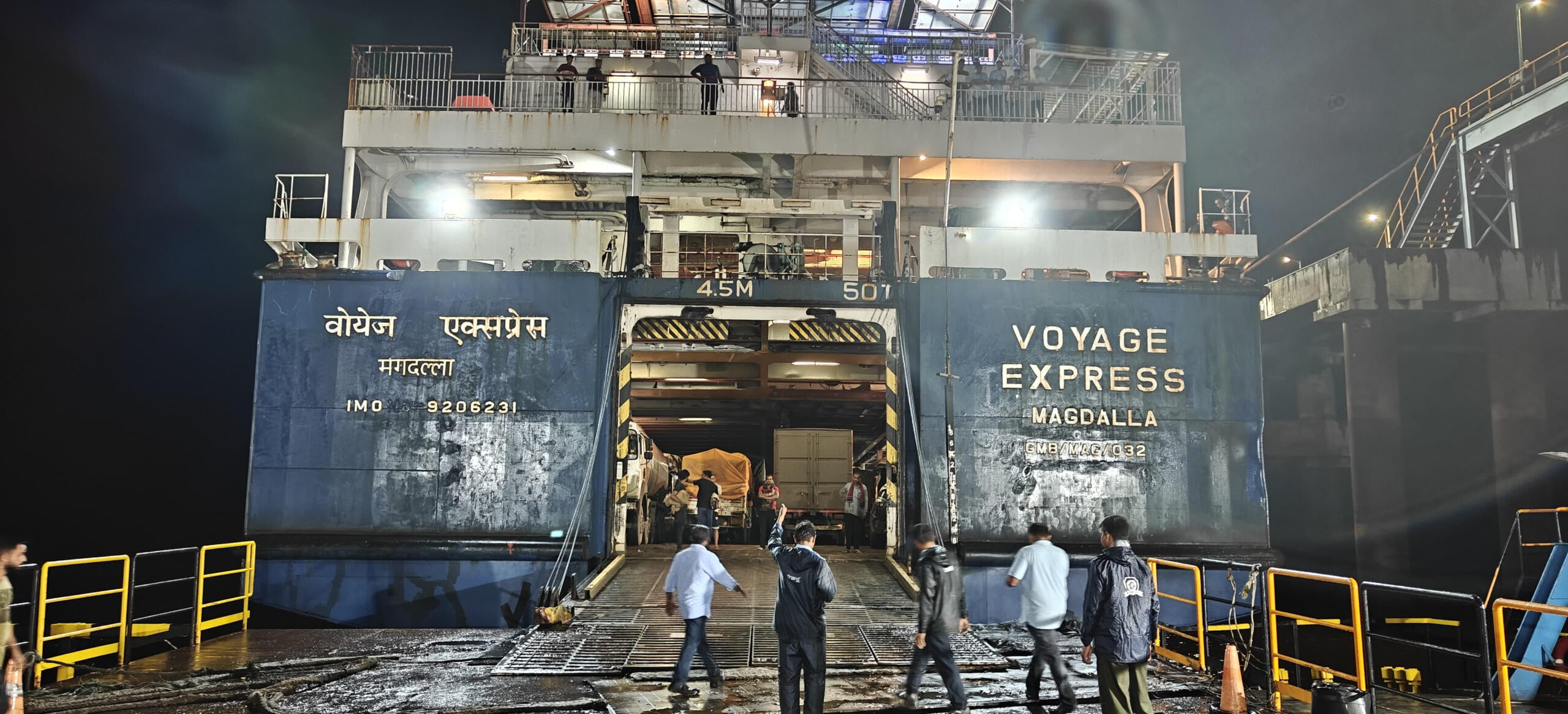Escalating Tensions in the Red Sea: A Brewing Crisis Amidst Gaza Fallout
In recent weeks, the conflict sparked by Hamas’s October 7th attack in Gaza has not only intensified the ongoing turmoil in the region but has also raised concerns about a broader Middle East conflict involving the US and Iran. The epicenter of this growing danger is the Red Sea, where Houthi forces from Yemen, backed by Iran, have been targeting freighters with perceived ties to Israel. As events unfold, the risk of a wider conflict seems to be looming larger.
The US has responded by assembling a multinational naval coalition to protect shipping in the Red Sea and maintain the fundamental principle of freedom of navigation. President Biden, however, has expressed a desire to avoid direct military confrontation with the Houthis, fearing it could trigger an escalation. Despite this stance, recent actions have pushed the boundaries.
On Sunday, US naval forces crossed a significant line by eliminating all crew members of three Houthi boats that were attacking a container ship. This marked the first time the US directly engaged in military action against the Houthis. In response, Britain’s defense secretary, Grant Shapps, stated that the UK “won’t hesitate to take further action” if Houthi attacks persist. Simultaneously, Iran, rejecting calls from Washington and London to end its support for the Houthis, has deployed a destroyer to the Red Sea. There are reports suggesting that the UK and US, possibly joined by another European country, might issue a warning about potential strikes on military installations in Yemen.
The escalating tensions in the Red Sea are not only a geopolitical concern but are also exacting a human and economic toll. This article aims to provide a comprehensive overview of the situation, delving into the events leading up to the current crisis and exploring the potential consequences that may unfold.
ALSO READ : Future of Indian Ports: Multi-Modal Connectivity and Tech Integration Unveiled
Background: Houthi Involvement and the Red Sea Threat
Following the October 7th attack by Hamas, Houthi leader Abdulmalik Al-Houthi declared support for the Palestinian cause, vowing to join the Palestinian people in confronting the perceived common enemy. Initially limited to missile and drone attacks, Houthi involvement took a more serious turn on November 19th when militants used a helicopter to seize a cargo ship in the Red Sea with ties to Israel. The Houthis abducted the crew and declared all vessels linked to Israel as “legitimate targets for armed forces.”
Since then, there have been at least 17 attacks on vessels believed by the Houthis to be connected to Israel or its allies, though most were unsuccessful. The US, up until the recent incident, refrained from direct confrontation. However, on Sunday, US Navy helicopters engaged a group of small boats attempting to board a container ship, resulting in the deaths of 10 militants. Washington claimed the action was in self-defense, marking a significant escalation in the crisis.
Economic Implications: The Importance of the Red Sea
The safety of shipping in the Red Sea is crucial to the global economy, serving as a major trade route connecting Asia to Europe and the US. Approximately 30% of global container traffic transits through this region. Any significant threat to its safety could have far-reaching consequences, impacting oil prices and the availability of goods in the West, particularly those produced in Asia. Israel, heavily dependent on Red Sea traffic, relies on maritime routes for the majority of its imports and exports.
The Houthis: Background and Motivations
The Houthi forces represent a militia group adhering to Zaidism, a branch of Shia Islam that historically ruled Yemen until being marginalized by the Sunni regime in Sana’a following the 1962-1970 civil war. In 2014, the Houthis orchestrated a coup, leading to a Saudi-led military intervention and a devastating civil war. The conflict, as estimated by the UN, resulted in 377,000 deaths and displaced 4 million people by the end of 2021.
The Houthis emerged victorious, prompting an April 2022 ceasefire that temporarily reduced violence. Although the truce officially expired in October, the conflict has largely remained subdued. The Houthis now control the majority of northern Yemen, including its Red Sea coastline, with significant backing from Iran. Recent declassified intelligence by the US alleges Iranian involvement in the Houthis’ operations against commercial shipping in the Red Sea.
Many Yemenis view these operations as a legitimate means of exerting pressure on Israel and its allies in defense of Palestinian civilians. Analysts suggest that Houthi intervention has not only consolidated domestic support but also positioned them as a significant global player, representing Yemen on the international stage despite the existence of an internationally recognized government in the south of the country.
ALSO READ : Red Sea Shockwave: MSC UNITED VIII Battles Unseen Adversary in Brazen Attack
The Path Forward: International Response and Potential Consequences
As tensions escalate, the international community is grappling with the complexity of the situation. Calls from Washington and London urging Tehran to cease its support for the Houthis have fallen on deaf ears, leading to the deployment of an Iranian destroyer in the Red Sea. The UK and US, potentially joined by another European country, are contemplating issuing warnings about potential strikes on military installations in Yemen.
The consequences of such actions could be profound. A direct military confrontation involving major powers like the US and Iran has the potential to escalate the conflict in the region, with far-reaching implications for global security and stability. The safety of maritime trade in the Red Sea hangs in the balance, impacting economies worldwide.
In conclusion, the brewing crisis in the Red Sea, triggered by the fallout from the Gaza conflict and the Houthi attacks, presents a complex and precarious situation. As the international community navigates diplomatic challenges, the stakes are high, with the potential for a wider Middle East conflict that could reshape the geopolitical landscape. The world watches closely, hoping for diplomatic resolutions that can avert further escalation and foster stability in this critical region.











